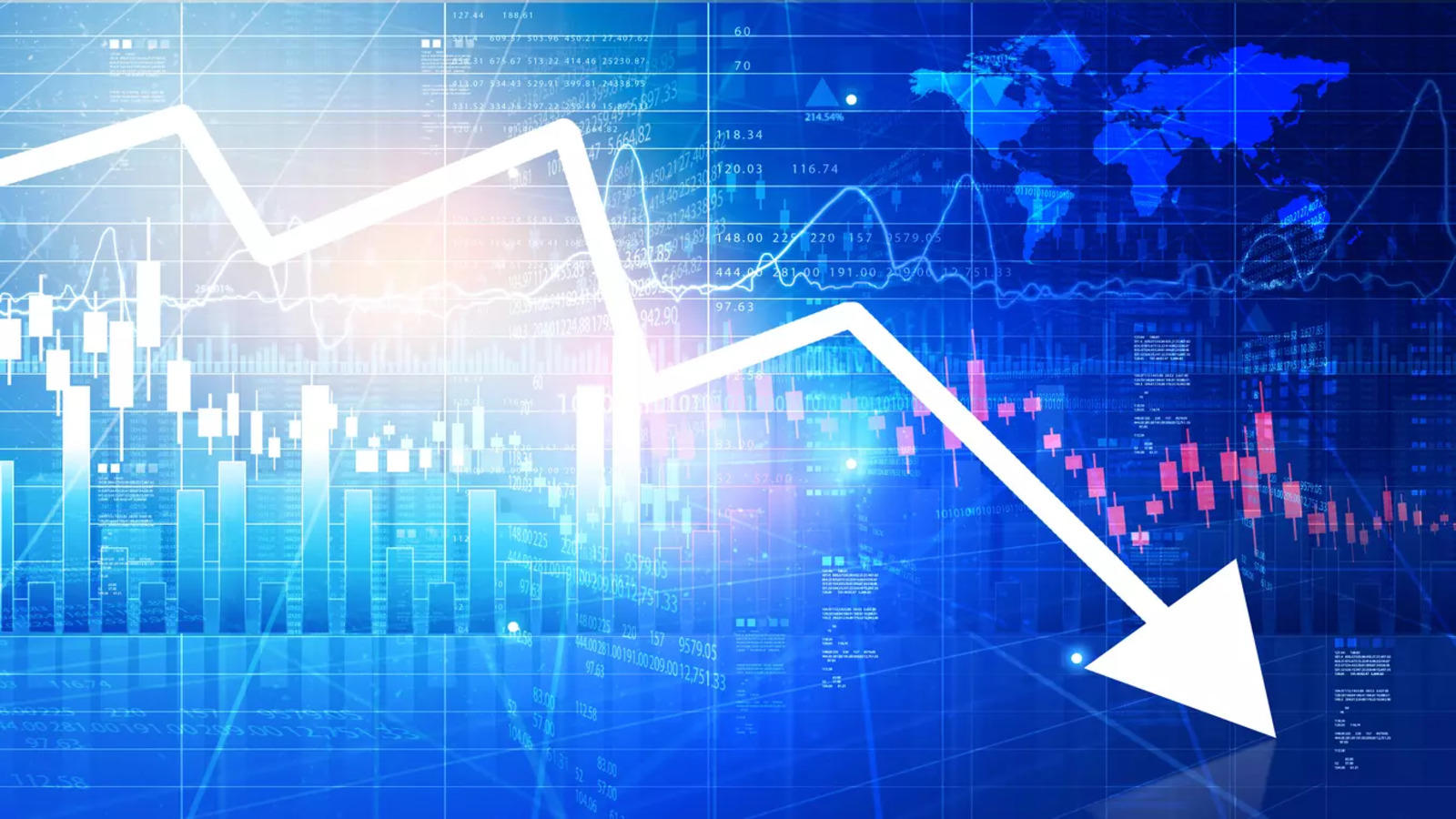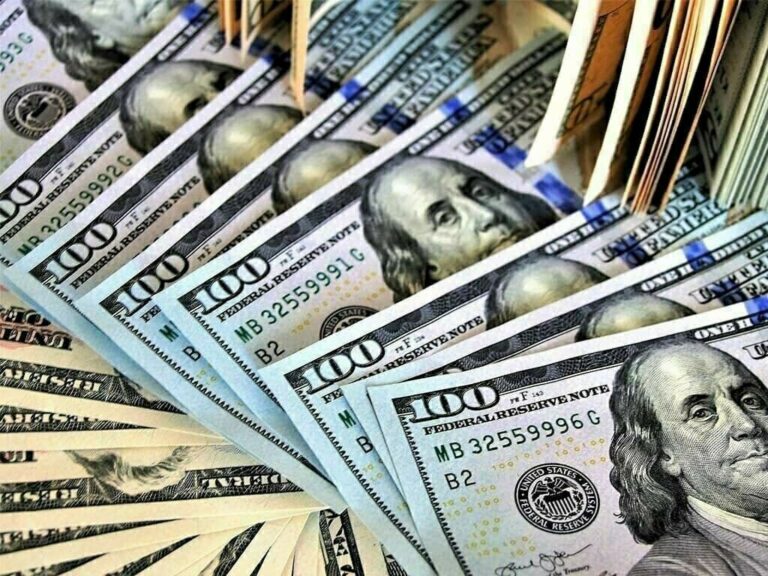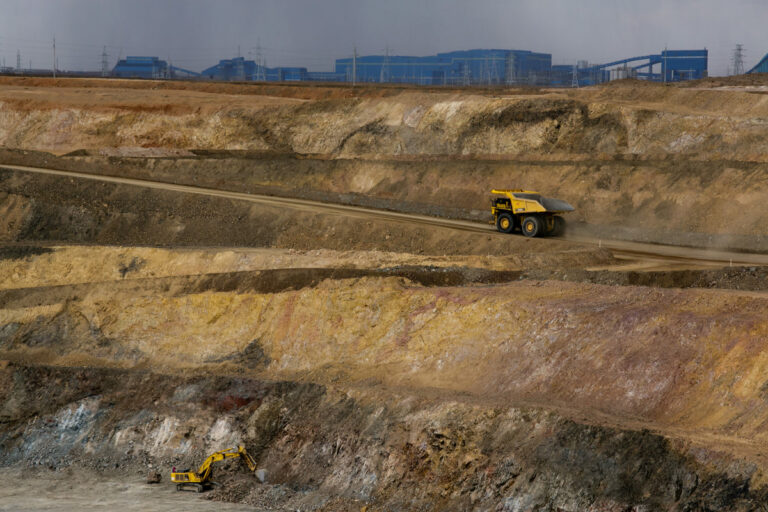(Bloomberg) — The US labor market strengthened in November with pickups in employment and wages, deflating hopes the Federal Reserve will cut interest rates early next year.
The acceleration in payrolls is at odds with recent reports that have depicted a softer hiring pace, an outcome favored by the Fed as it will help rein in demand and tame price pressures. Officials are still expected to leave rates unchanged when they meet next week.
Elsewhere, Japan’s economy contracted in the third quarter by more than initially reported, while Brazil’s barely expanded in the period. Economists are betting on a more pronounced slowdown in Hong Kong given challenges from China and higher interest rates.
Here are some of the charts that appeared on Bloomberg this week on the latest developments in the global economy:
US
Payrolls increased 199,000 last month following a 150,000 advance in October. The return of striking auto workers helped boost the count by 30,000. The solid labor-market figures shift focus to inflation numbers this coming week as Fed officials gauge how long to maintain interest rates at this cycle’s peak.
Consumer sentiment rebounded sharply in early December, topping all forecasts as households dialed back their year-ahead inflation expectations by the most in 22 years. Consumers see prices rising at an annual rate of 3.1% over the coming year, the lowest level since March 2021. The 1.4 percentage points decline from the prior month was the largest since October 2001.
World
Price increases in OECD countries slowed in October to the weakest in two years in a sign that advanced economies are overcoming their worst inflation crisis in decades. The headline measure for the 38-member club, which includes all Group of Seven economies, dropped to 5.6% from 6.2% as food-cost pressures lessened rapidly and energy prices fell back in most countries.
The Panama Canal, the century-old engineering marvel that revolutionized global trade, is being squeezed shut by drought and forcing shippers worldwide to face a painful choice. Each option adds cost, at a time when governments around the world are struggling to tame inflation.
Israel’s central bank brought its unprecedented currency interventions to an almost complete halt in November, as the shekel rebounded in tandem with the rally in US stocks while the war against Hamas stays relatively contained. Kenya surprised with the biggest interest-rate hike in more than a decade. Canada, Australia, Poland, Namibia, Uganda, Serbia and India left rates unchanged.
Europe
Industrial production in Germany and Italy stumbled at the start of the final quarter of the year, after France and Spain reported similar outcomes, pointing to a possible recession in the region.
Asia
Japan’s economy shrank at the sharpest pace since the height of the pandemic, an outcome that complicates the policy path for the Bank of Japan amid soaring speculation it is edging closer to scrapping the world’s last negative rate regime. Gross domestic product contracted at a 2.9% annualized pace in the three months through September from the previous quarter.
Japanese investors are spending the most in two decades to buy up properties overseas, undeterred by the global real estate slump and the yen’s decline to a 50-year low. Flush with cash and in the only developed economy with access to rock-bottom financing rates, their purchases are giving some relief to the market as rising office vacancies and interest rates keep other buyers away.
Assets held by South Korean households shrank for the first time in data going back a decade after the central bank rapidly raised interest rates, contributing to a correction in the property market.
Hong Kong’s economy will likely grow more slowly than previously expected both this year and next as challenges from China’s slowdown and the impact from elevated interest rates weigh on the financial hub. The downgrades reflect a muted post-pandemic recovery as growth has been weak despite a boost this year from a tourism revival, and suggest that tough times are still ahead for the Asian financial center.
Emerging Markets
Brazil’s economy unexpectedly expanded in the third quarter, giving a temporary boost to President Luiz Inacio Lula da Silva and his efforts to improve living standards ahead of a period of softer growth.
Source: BNN Bloomberg







